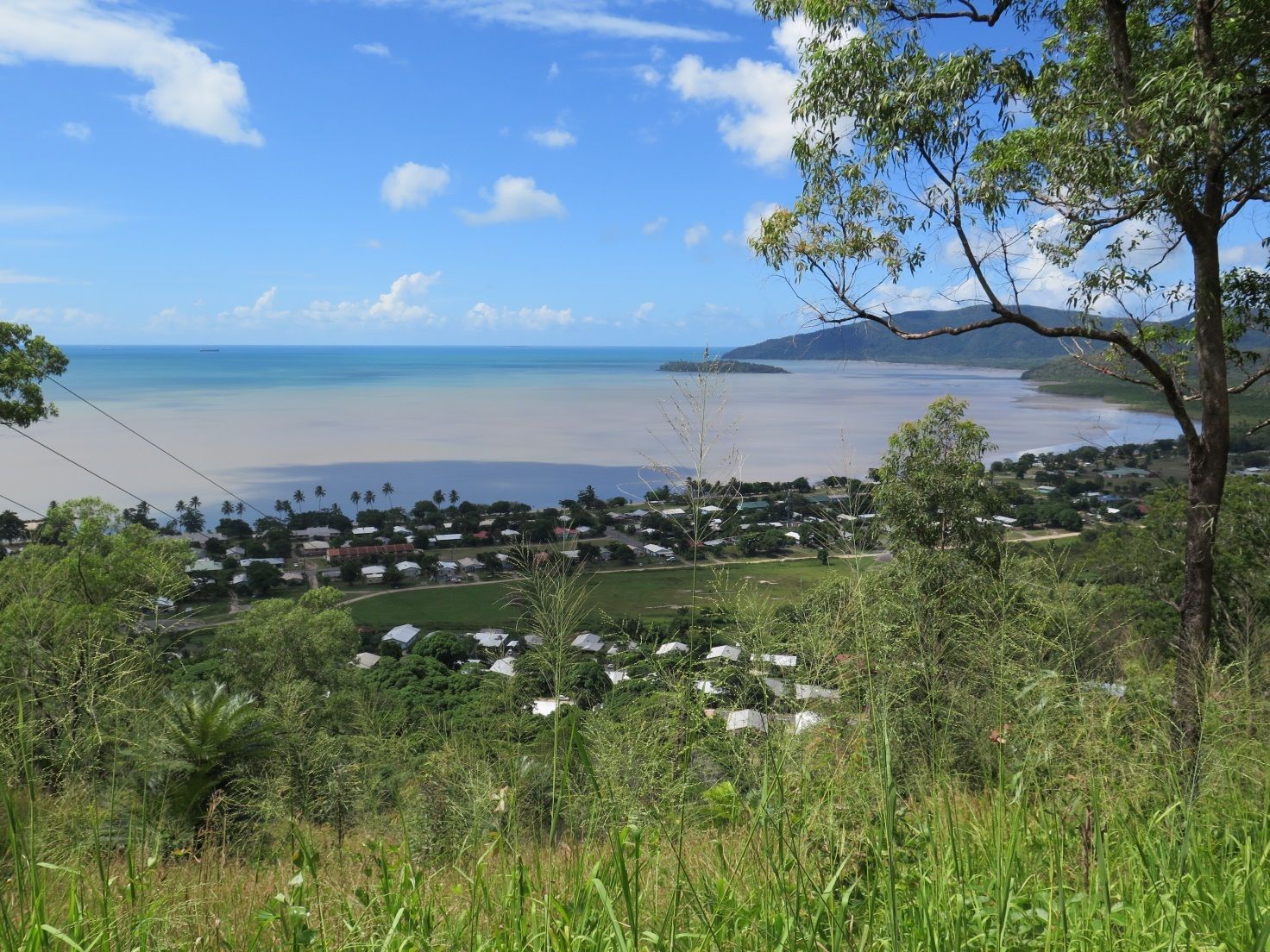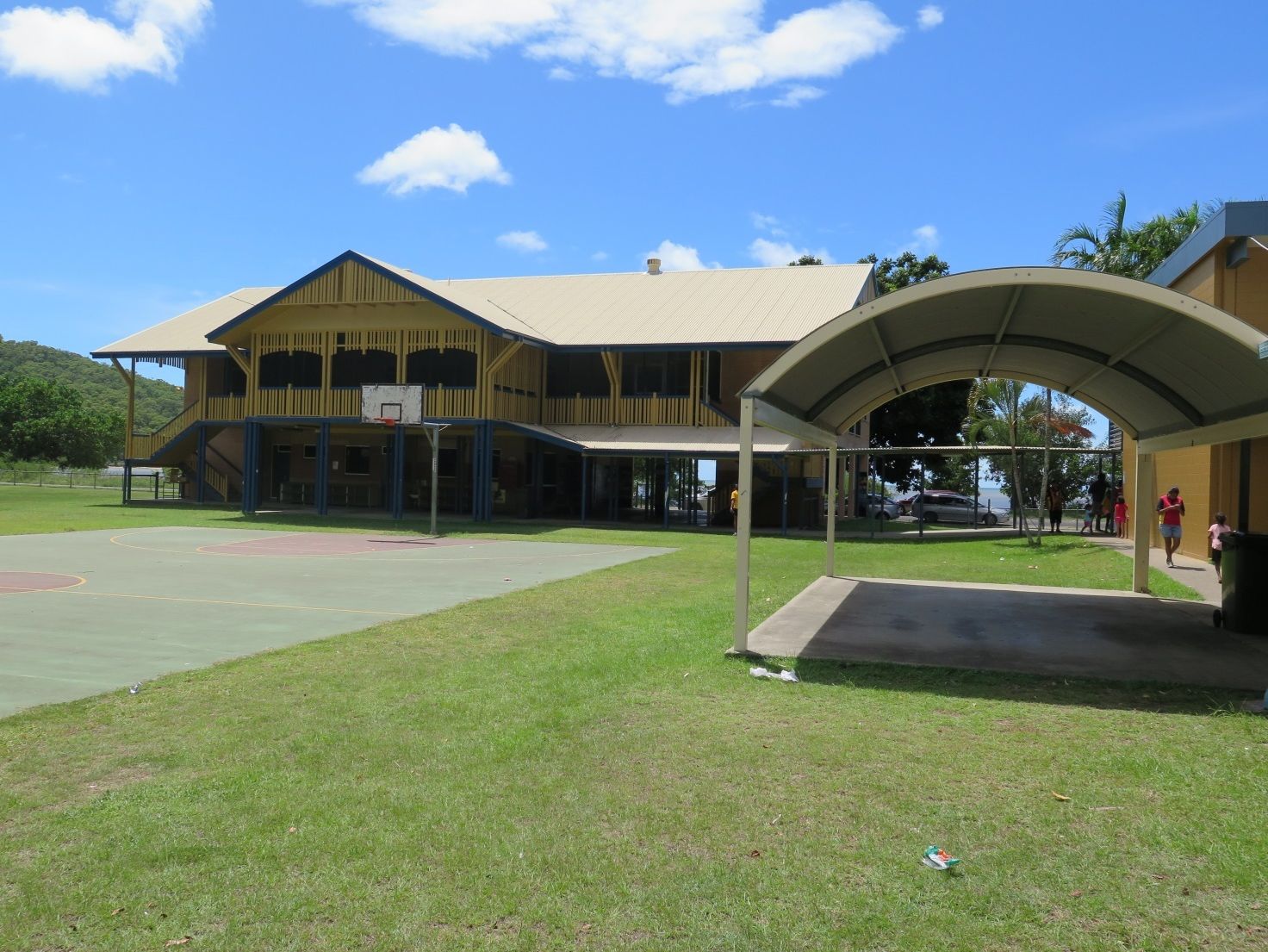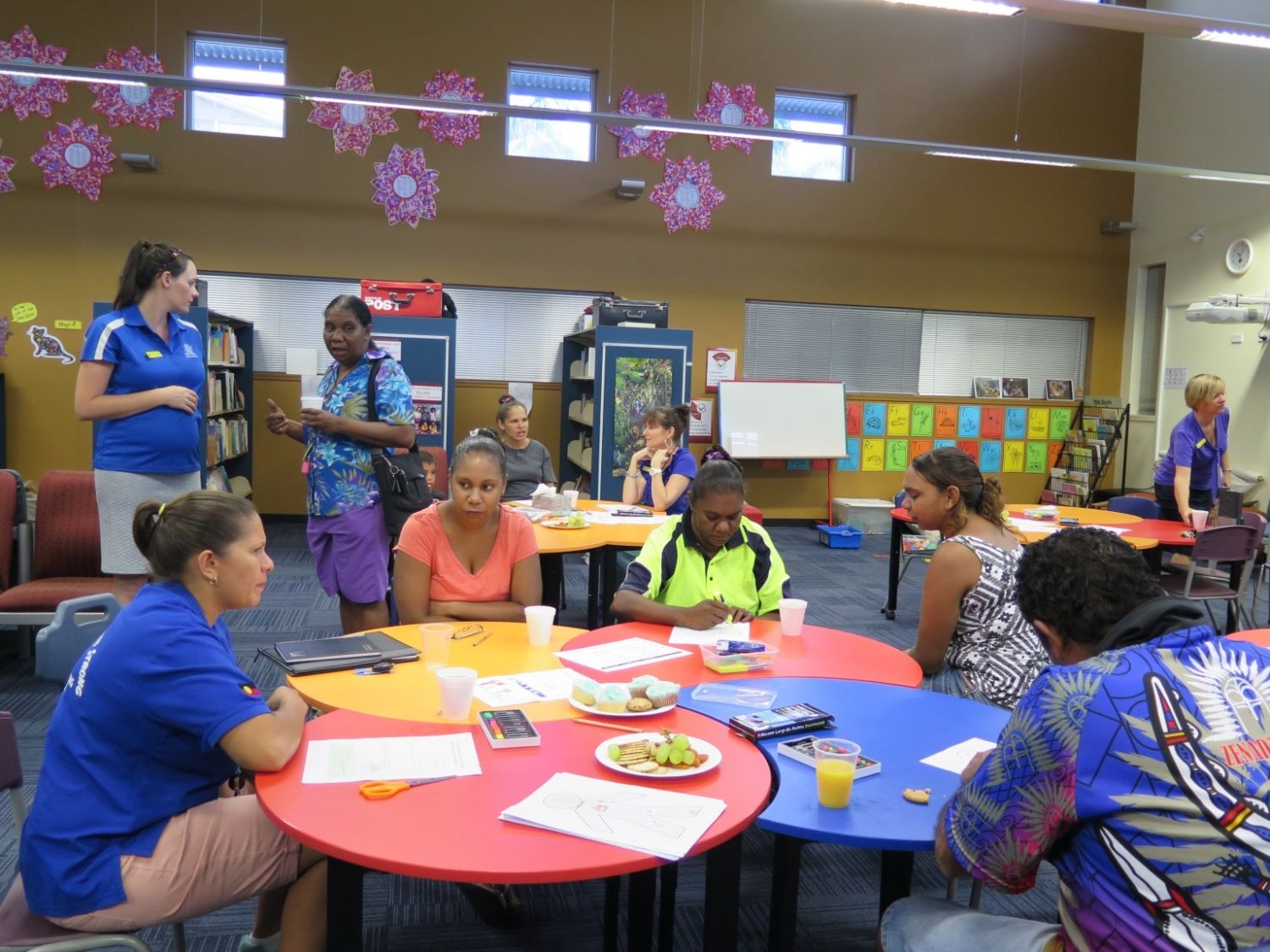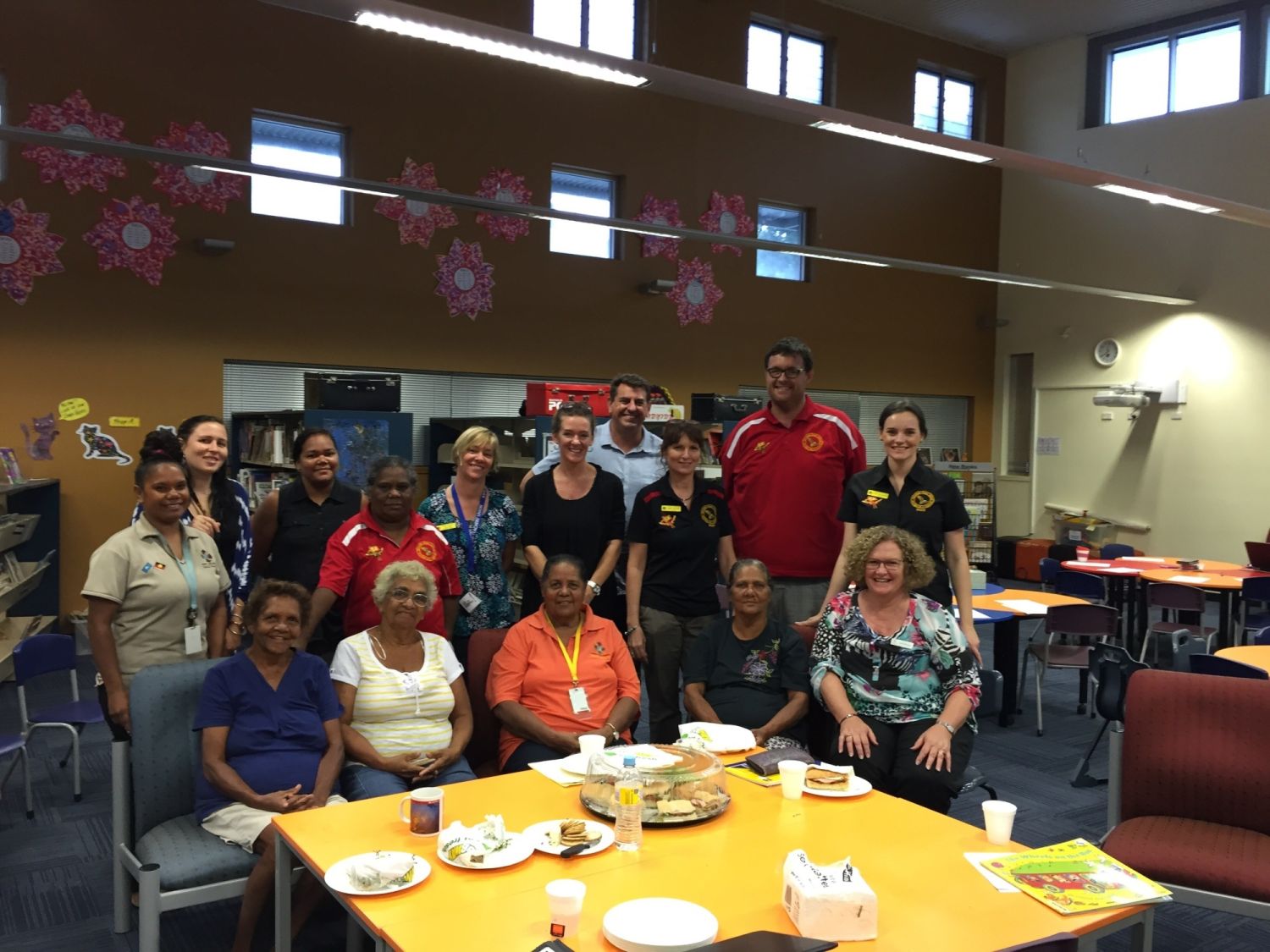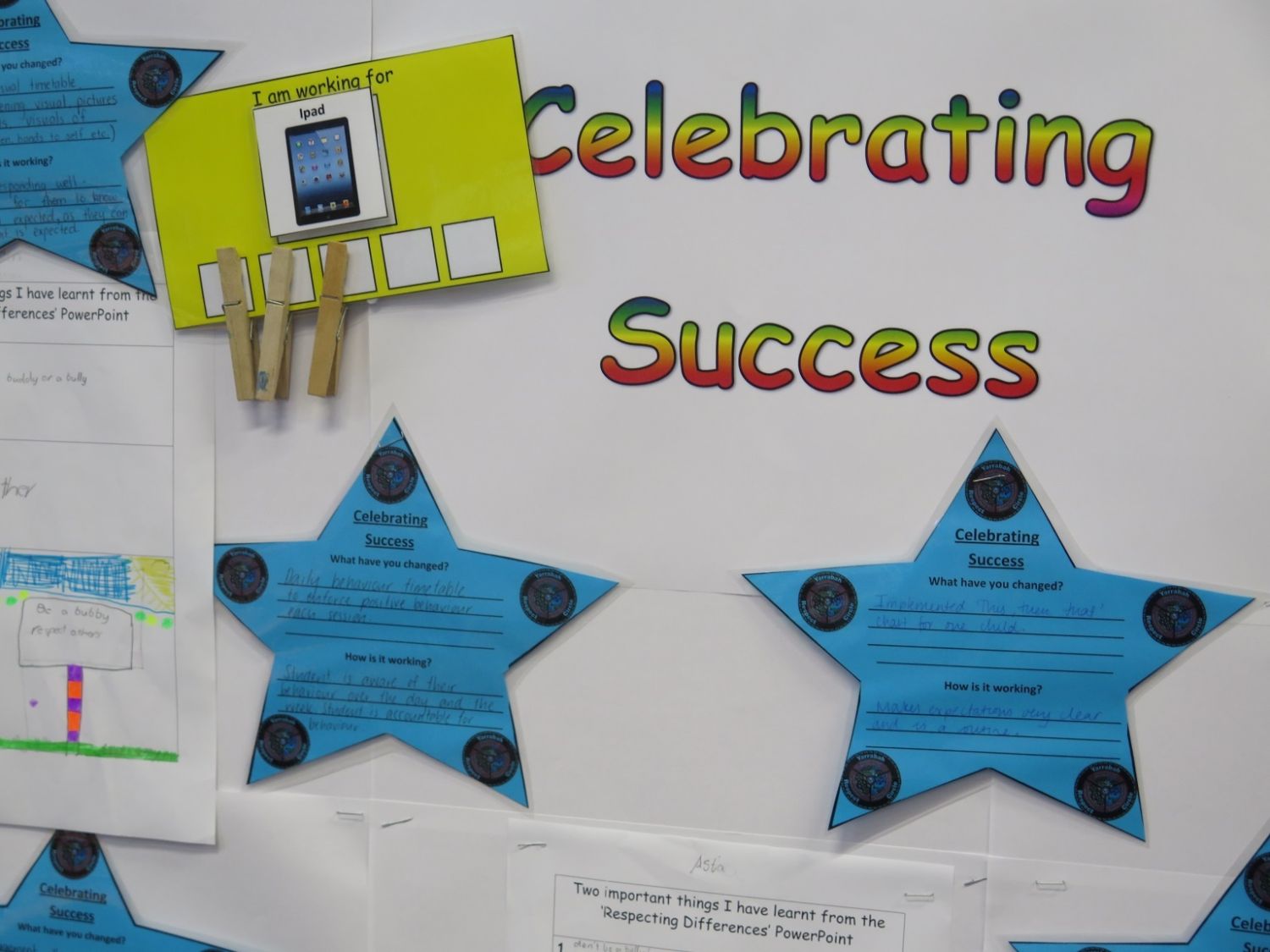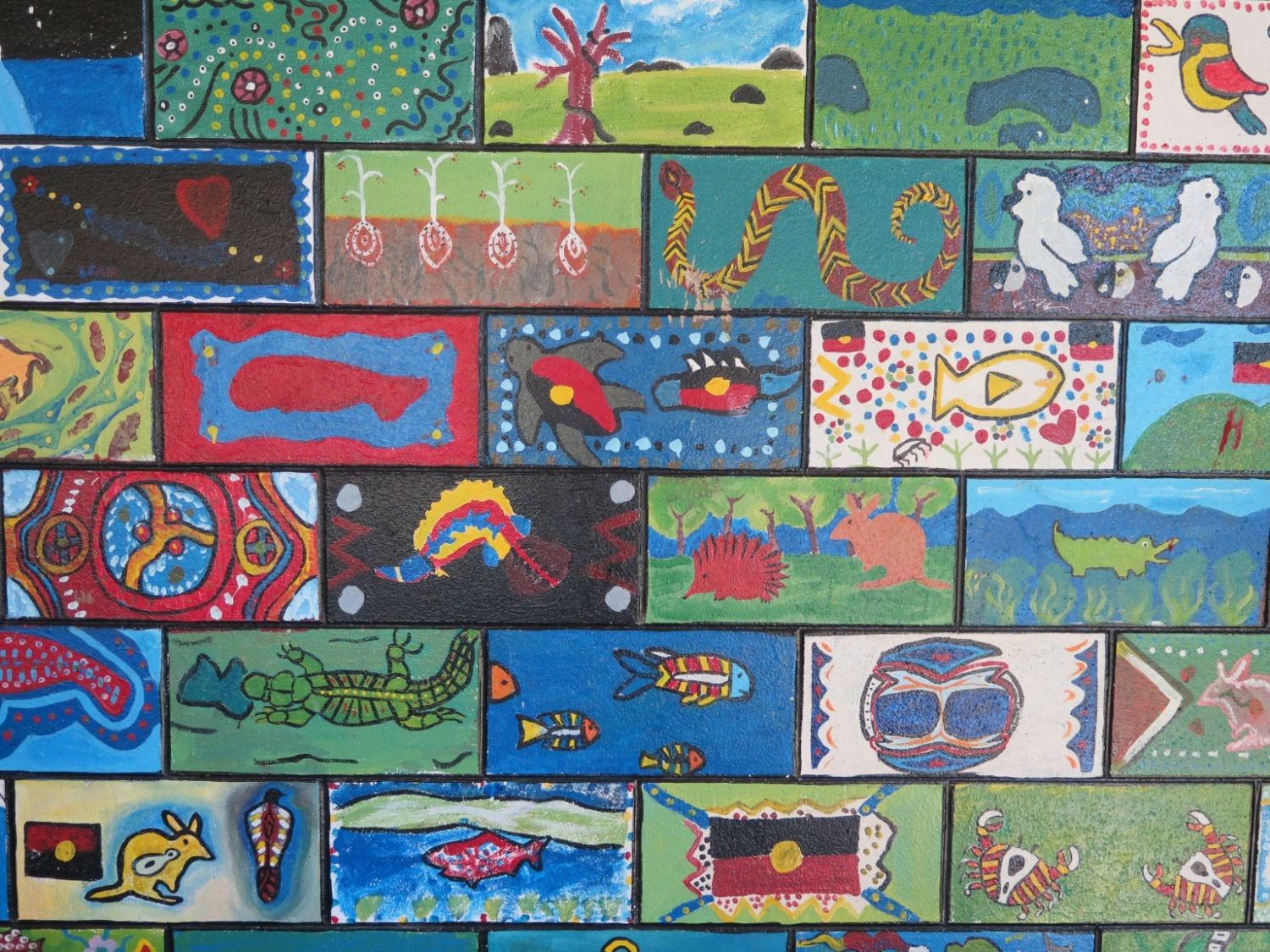What is Yarrabah? What is special about Yarrabah School?
Yarrabah is a town about 60km from Cairns. The name ‘Yarrabah’ is an English version of a word that means ‘meeting place’. Yarrabah State School is a Centre of Excellence for Indigenous Education. With more than 500 students, Yarrabah is one of the largest indigenous schools in Australia. Children speak ‘Yarrie lingo’ or Kriol. There are currently 43 total teaching staff members within the school, with 50 educational assistants who are almost all local of Aboriginal descent.
It’s hard to know how many of Yarrabah’s students have a disability. At the time of the whole school program, only 5 students had a confirmed diagnosis of autism, with a further 35 verified with other disabilities (including hearing impairment, vision impairment and intellectual disability). It is possible that more children might have undiagnosed difficulties, because access to paediatricians and other services is difficult.
What was happening in Yarrabah before the whole school model?
Before the Positive Partnerships program was introduced, staff looked at the school strengths and needs. Some of the strengths included:
- A shared a vision for an inclusive school that was open to the contribution of families
- A multidisciplinary team
- A positive behaviour support model
Staff also thought there were areas for potential growth and change. These included:
- A need to develop awareness and understanding of a range of disabilities
- Accepting the need to make adjustments that would cater for all students
- Potential to know more about evaluating individualised learning plans
- Need to know how to better support students with sensory and social needs.
- Potential to include families and students more in the planning process.
The Yarrabah elders felt that people in their community didn’t really know what ‘disability’ meant but that every family would in fact include someone with a disability. They felt that there was a knowledge gap in the community about this: parents often knew that something was different about a child but didn’t really know how to put their concerns into language to tell a doctor what they were worried about.
Why was this model chosen?
The Positive Partnerships Whole School Community program aims to achieve improved student outcomes through working closely with whole school communities – staff, parents and carers. Benefits for the whole school community can include a focus on strategies that help all students, a focus on partnerships between parents, school and the community, and the ability to manage change to develop an autism friendly school culture.
What did the whole school program look like for Yarrabah?
One of the important principles of the whole school program is that it is not a single session: it is a 5 stage process that happens over a number of months to ensure that knowledge is shared throughout the community and that capacity is built. The model at Yarrabah included preparation for training using online modules, face to face training, followed by training of selected school staff to instigate change within the school, and ended with a celebration of their journey and learnings.
What were the outcomes?
The whole school community program resulted in many positive outcomes. These included:
Enhancing learning – this included:
- Better use of strategies and specific tools such as visual supports, behaviour supports & communication strategies
- These had beneficial impacts on student learning.
Enhanced student well-being – these included:
- Families were now more likely to go to the doctors for help
- Improved positive behaviour, meaning that the students on the autism spectrum, their peers and teachers all have a better chance to learn and develop.
- A support group for family members who were dealing with students with disabilities and challenging behaviours.
Partnerships – this included:
- Better communication among school and community members
- Information shared and misconceptions clarified
- Family members were better able to talk with staff about both their struggles and their successes.


